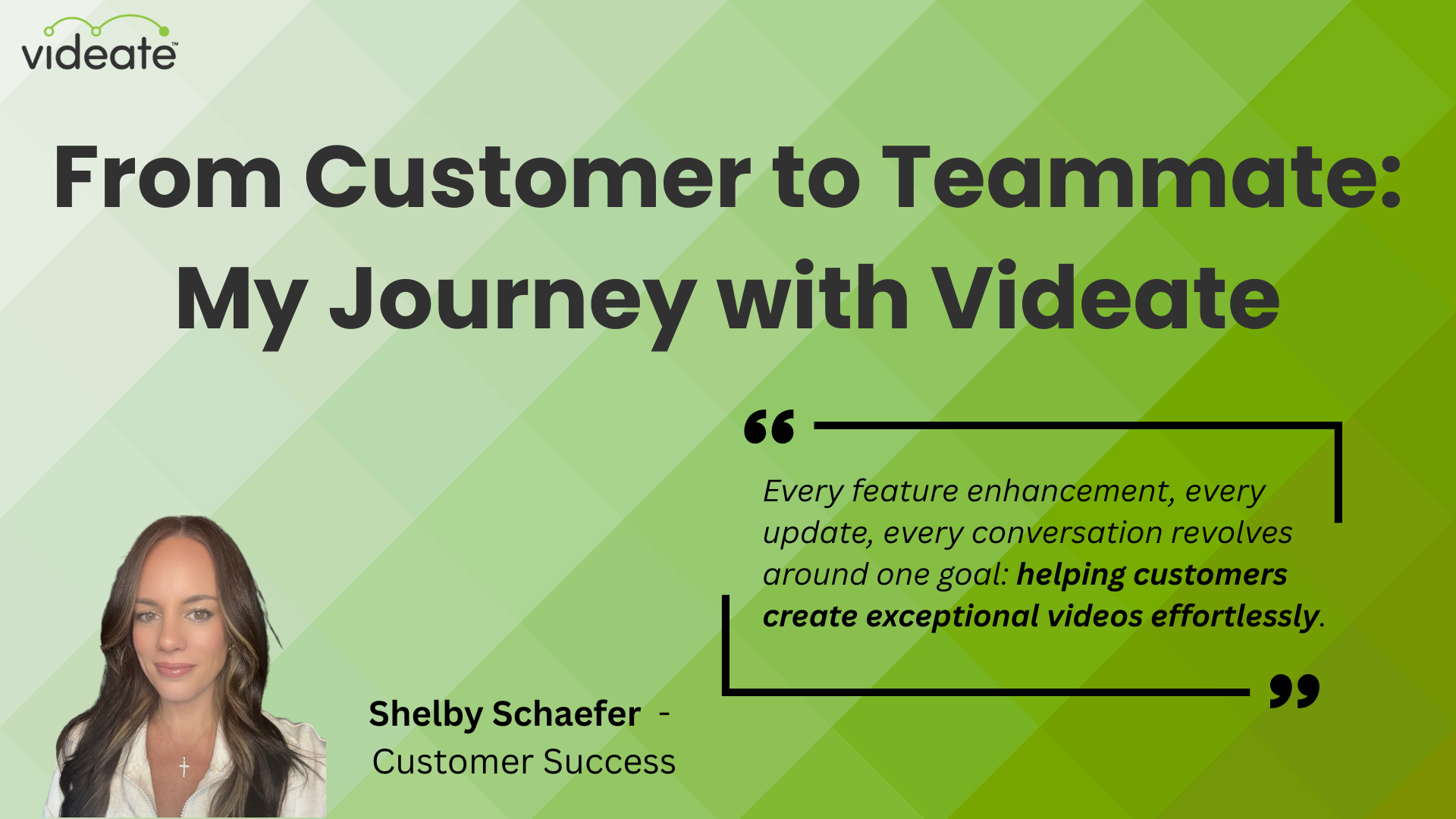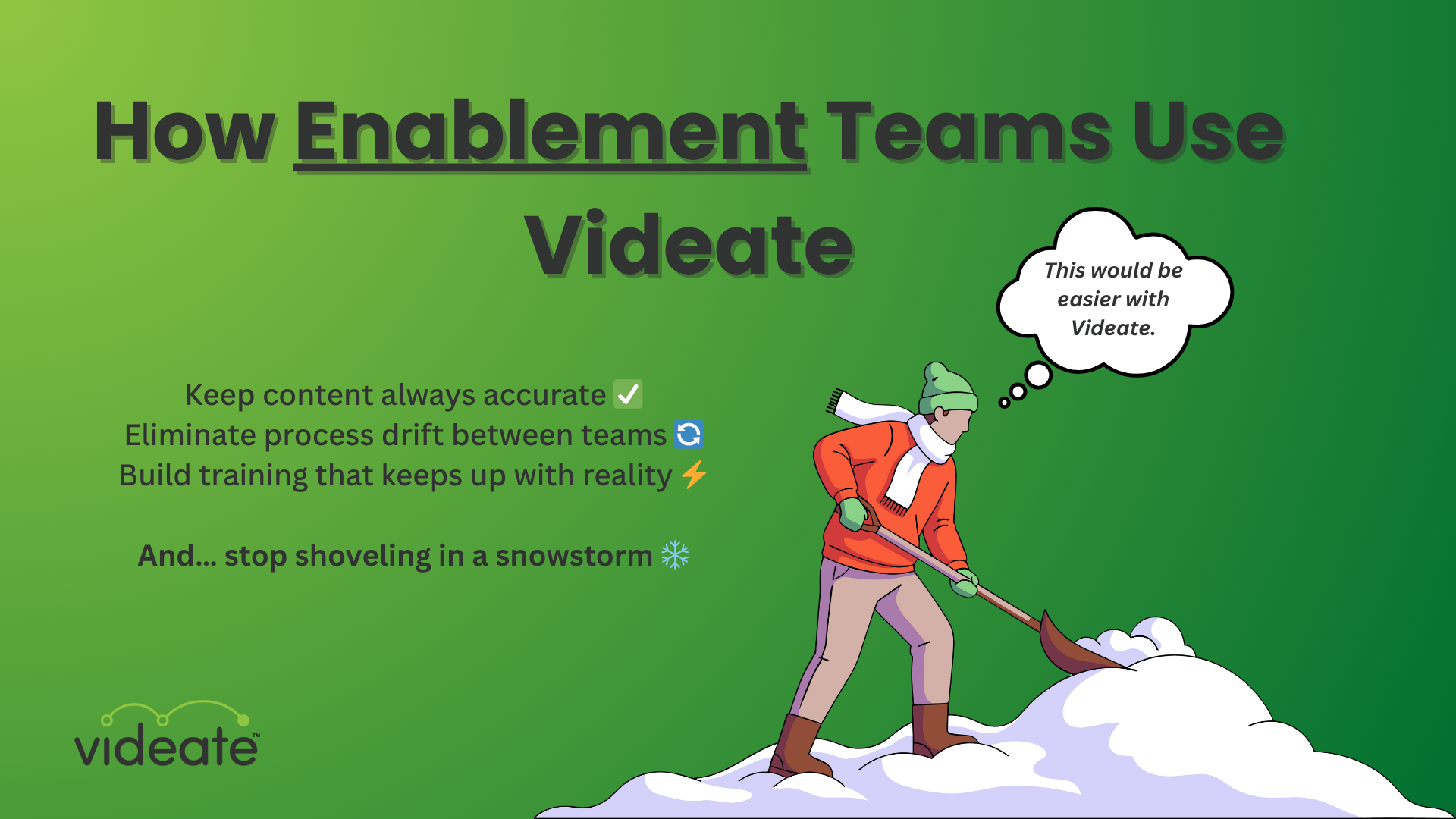
If you've been scratching your head trying to figure out when your customers are ready to move to the next stage, you're in the right place.
Let’s talk transition triggers – those hidden signals that tell you exactly what your customers need and when.
Mastering these transitions will help ensure momentum through the SaaS lifecycle, smoothing the way for your customers to not only get value from your product but also stay longer and expand their usage.
Quick note: Customer Journey and SaaS Lifecycle are different things
We’re gonna be talking about the SaaS Lifecycle throughout this blog, but it feels so similar to the Customer Journey! Are they the same?
Nope.
While the terms "customer journey" and "SaaS lifecycle" are often used interchangeably, they refer to two distinct concepts.
- Customer Journey: This is the path a customer takes from the moment they become aware of a need to the final purchase and beyond. It focuses on the specific steps and touchpoints a customer interacts with during their experience with a brand.
- SaaS Lifecycle: This encompasses the entire relationship a customer has with a SaaS product, from acquisition through retention and advocacy. It's a broader view that includes continuous engagement and value delivery over time, emphasizing long-term success and relationship management.
By understanding these differences, we can better tailor our strategies to ensure we meet our customers' needs at each stage of the SaaS lifecycle.
Awareness to Consideration: From curious to interested
Imagine you're at a party, and someone mentions a new app that could solve a problem you've been dealing with. You might not whip out your credit card right then and there, but you're definitely curious. In the SaaS lifecycle, this is the Awareness stage.
"At this super-early stage of the customer lifecycle, your customers are first realizing they’ve got a problem, and are starting to learn more about it, and research options for solving it." (CoBloom)
What to Look For:
- Frequent visits to your website
- Downloads of your free resources
- Engagement with your social media posts
These are all signs that potential customers are starting to take notice. They're learning about their problem and exploring solutions.
What to Do:
- Nurture, don’t nag: Send them helpful content that dives deeper into their problem and shows how your solution can help.
- Personalize follow-ups: If they downloaded an eBook, follow up with an email that offers a webinar on the same topic.
Consideration to Evaluation: From interested to seriously thinking
Alright, now they're thinking, “Hmm, this could be the answer I’ve been looking for.” They’re not just curious anymore; they’re seriously considering your solution.
"Gartner suggests that 27% of buyers do an independent search to weigh products, and the seller has little influence over the buyer’s decision." (Storylane)
What to Look For:
- Signing up for webinars
- Requesting demos
- Visiting your pricing page
These actions show they're moving into the Evaluation stage.
What to Do:
- Detailed product comparisons: Show how you stack up against competitors.
- Personalized demos: Tailor your demos to address their specific needs and pain points.
- Customer testimonials: Share success stories from similar customers.
Evaluation to Purchase: From seriously thinking to ready-to-buy
This is where the magic happens – they’re ready to make a decision.
What to Look For:
- Repeated demo requests
- Direct communication with your sales team
- Engaging deeply with your content
These are strong signals they're ready to buy.
What to Do:
- Limited-time offers: Create urgency with special discounts.
- Streamline the purchasing process: Make it as easy as possible to complete the purchase.
- Provide clear, simple instructions: Ensure there are no hiccups during checkout.
Purchase to Activation: From buyer to user
Congratulations, they’ve made a purchase! But the lifecycle doesn’t end here. Now, they need to see value right away. This is where Customer Success comes in.
What to Look For:
- Logging in frequently
- Engaging with onboarding materials
- Completing initial setup steps
These actions show they're getting started with your product.
What to Do:
- Seamless onboarding: Guide them through the setup with easy-to-follow steps.
- Immediate value: Highlight quick wins they can achieve with your tool.
- Support availability: Be there to help if they hit any snags.
Activation to Retention: From user to regular
Now they’re using your product regularly. The key here is to keep them engaged and satisfied.
What to Look For:
- Consistent usage patterns
- Positive feedback
- Participation in user communities
These signs indicate they’re happy with your product.
What to Do:
- Regular check-ins: See how they’re doing and if they need help.
- Feature updates: Keep them excited with new features and improvements.
- Exclusive content: Offer webinars, advanced tips, and insider info.
Retention to Advocacy: From regular to raving fan
Finally, they’re not just customers; they’re your biggest fans.
What to Look For:
- High NPS scores
- Voluntary testimonials
- Active participation in referral programs
These are your advocates who will spread the word about your product.
What to Do:
- Referral programs: Reward them for bringing in new customers.
- Loyalty rewards: Offer exclusive perks for long-time users.
- Community building: Create spaces for them to share their success stories and tips.
The best way to smooth transitions in the SaaS lifecycle: video
And there you have it – the hidden signals and actions to master each stage of the SaaS lifecycle. By keeping an eye out for these behaviors and knowing how to respond, you can ensure your customers get exactly what they need, when they need it.
Ready to boost your customer success and customer education game? Self-service video content is the best way for users to get the info they need the moment they need it– without having to submit a ticket or call somebody.
And the best way to scale video production is with Videate.
Videate’s AI-powered automation can generate software how-to videos 90% faster than the traditional, tedious screen recording + voiceover + manual video editing process.
Get a demo today and find out how Videate can scale your video library without adding headcount!
.png)
How Customer Success & Education Teams Use Videate



